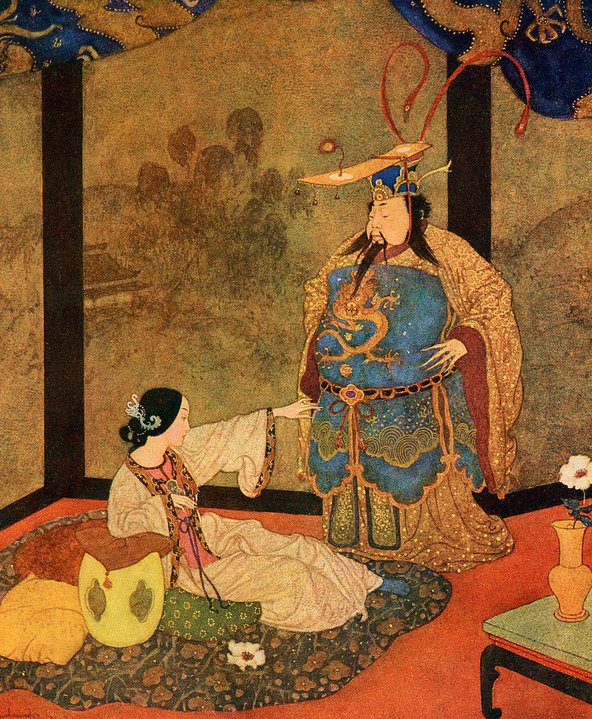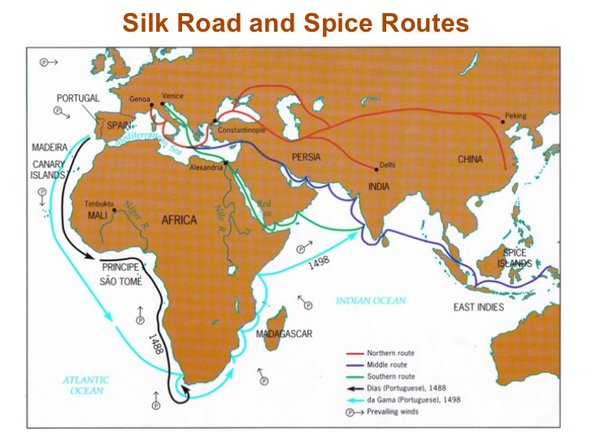Professor Wen-Chin Ouyang FBA explores how we define and understand the field of comparative literature.
At the heart of comparative literature worldwide is the idea of cultural encounter. At its best, comparative literature seeks to understand our literary expressions by highlighting the ways in which encounters with difference, experienced in the writings of others from the past, in far-flung regions, in diverse languages and from diverse traditions of thought, can generate new visions and languages. It concerns itself with the sources of creativity in works of art, especially literary ones, and contemplates where we locate these sources and how we make visible the ways in which they interact. It begins with the simple premise that we always speak of ourselves, of our expressions, of our senses of life and beauty, and of our thoughts, against a backdrop of difference. It explores meanings that can emerge from interpretive processes informed by dialogues across cultures.
We always speak of ourselves, of our expressions, of our senses of life and beauty, and of our thoughts, against a backdrop of difference.
There are no definitive answers to the questions comparative literature asks. The outcomes depend on where we are historically and geographically, on the politics of cultural encounter and literary market, and on the traditions of expression familiar to us. This explains why comparative literature has been the subject of continuous debate since its foundational days in Europe. Starting with comparative philology in the 19th century and moving on to comparative literature in the 20th century and now world literature in the 21st century; it has gone global, initially through the machinery of European empires, and now along the multifarious routes of globalisation. Along the way it has picked up new theories and practices in its encounters with past and present Asian and Middle Eastern conventions of literary production (writing) and critical reception (reading), the arts (painting, photography, sculpture) and media (cinema, television, internet), and even science, medicine and technology (evolution, psychology, artificial intelligence).
The topics comparative literature addresses are wide ranging. Today, major topics of debate and discussion include the role of language in shaping our thinking (theory), the travels and transformations of genres, themes or aesthetics across linguistic, literary, national, regional, medial and cultural boundaries (influence, adaptation and translation) and the illuminating insights gained through reading one literary work against other(s) from different, divergent, dissimilar or even unrelated cultures of expression and communication (parallel studies). Others may focus on the perceptions of cultural other in writing or reading (orientalism), or market forces and the formation of national or international literary canons (sociology of production, economy of exchange). The purpose of comparison determines the appropriate mode of reading, which can be close or distant, postcolonial or postmodern, and aesthetical, ethical or political. Similarly, the works chosen for comparative analysis guide the questions posed and answers given.
How do we move away from the customary binary of giver and taker, or centre and periphery, in our understanding of cultural exchange?
Precisely because of its global ambitions, its desire to embrace the whole world, comparative literature finds itself facing the impossible task of being balanced in managing cultural difference. In the immensity and diversity of the world, no two texts are the same, let alone literary traditions. The drive for poetics, let us say, may be the same, but poetics itself is as various as the languages it derives from and creates. The dynamic process of cultural encounter through which new poetics is born looks very different from Arabic, Chinese and English perspectives. We are now bringing multilingualism to bear on how we think of language and nation. Imagined as bordered and sovereign, these are two of the most persistent but problematic concepts in comparative literature. For example, when a work of literature travels, it is commonly thought that it must be translated into another language, otherwise it cannot traverse the borders of the nation and reach the world. How do we move away from the customary binary of giver and taker, or centre and periphery, in our understanding of cultural exchange?

Let me turn to The Arabian Nights to illustrate what I mean. In the state-of-the-art scholarship, the Nights is a collection of stories preserved in Arabic in multiple but overlapping oral and written traditions. The stories have existed in written form since the 9th century and were known in the 10th century as a collection of stories translated from Persian. Greek, Indian and Persian traces are hard to miss in the 15th-century Arabic manuscript discovered by Antoine Galland (1646-1715), who translated into French this manuscript and other stories he added to it in the 18th century (1704-17), and catapulted it to international fame. The European translations and pseudo-translations of the Nights and ‘oriental tales’ in the 18th and 19th centuries led to the crystallisation of two full texts of the Nights in Arabic today. However, we now know of Persian and Turkish collections of stories from the 16th and 17th centuries that overlap with the Nights. We can see from these collections, whether we call them translations, pseudo-translations, or adaptations, that languages have no borders. The Middle East is multilingual and people do not need to translate from one language to another. If they choose to express themselves in Arabic, their Arabic is usually full of Persian and Turkish. There are no national borders for stories to cross either.

Nights stories did not circulate via the means of translation from the national to the international, as theories and practices of world literature would have it, not even in the era of 19th-century European empires. Rather, they travelled around the world, let us say, along the Silk Roads, which comprise overlapping networks of circulation that have brought people and their cultures together for thousands of years at multiple contact hubs.
We must, and continue to, reconsider our definitions of text and genre, revise our grounds for comparison, diversify the types of works we bring together for analysis, and pluralise the unilateral trajectory of circulation, from Europe to the rest of the world and back. Today we are bringing the multilingualism of a region or a nation into comparative literature. Multilingualism allows us to map cultural encounters in a more complex fashion.
Wen-chin Ouyang FBA is Professor of Arabic and Comparative Literature at SOAS, London. She was elected a Fellow of the British Academy in 2018.


